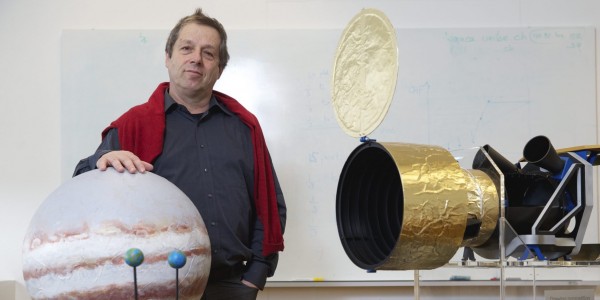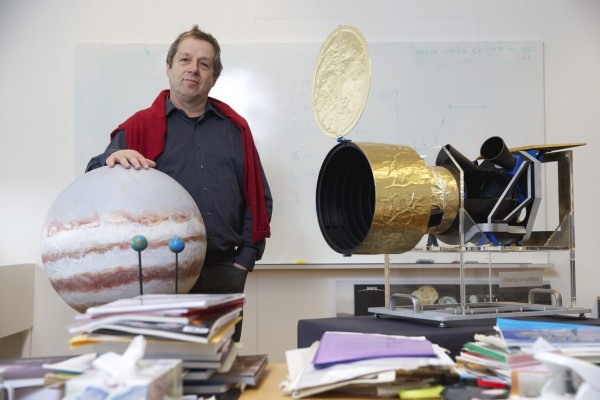NCCR PlanetS

Dear Reader,
Almost 2000 exoplanets have been found since our colleagues Michel Mayor and Didier Queloz discovered the first one orbiting a solar-type star exactly twenty years ago. Such an incredible explosion in number is due for one part to the development of instruments with increasing performances and for another part to the fact that planets are simply very common objects out there!
One might naively think that 2000 is enough, that we now have a good idea of the existing diversity in planetary systems, and that the planetary zoo is large enough for us to relax and just analyse existing data. Nothing could be further from the truth for several reasons.
For the overwhelming majority of these planets we know “only” some orbital elements and either their masses or their sizes, very rarely both especially for objects with masses equal or smaller than Neptune. In addition, due to detection biases, most of these planets are located close to their host star and hence tend to be generally quite hot. Finally, very little is known about the atmosphere of these objects and hence about the conditions existing on their surfaces. As one can see, much remains to be done.
In the coming years, promising new satellites and ground-based telescopes and instruments will come on-line, which will allow filling many of these gaps. In this edition of The Observer we focus on two of these new satellites CHEOPS and JWST, which are essentially at the opposite of the spectrum of space instruments that will fly in the near future but which provide great potential for synergy.
CHEOPS, the Characterizing ExoPlanets Satellite, is the first small mission in ESA’s scientific programme and is jointly led by ESA and Switzerland with 10 other European countries participating. To be launched end of 2017, CHEOPS with its 30 cm mirror is a follow-up mission using the transit method to measure the radius of already known planets to high precision. While the construction of the telescope is lead by the University of Bern and the ground segment by the University of Geneva, the scientific exploitation of the mission is organised and coordinated at the national level by the NCCR PlanetS.
At the other extreme, the James Webb Space Telescope (JWST), successor to the Hubble Space Telescope, to be launched in 2018 will be with its 6 m mirror the largest telescope in orbit. Being a space observatory, exoplanet observing will only be one of the activities of JWST but its spectroscopic capabilities promise important progress in the characterisation of planetary atmospheres. For this, knowing precisely the radius and mass of the planet being observed will be of paramount importance. Hence, David (CHEOPS) will play an important role in providing targets for Goliath (JWST). The possibility for synergy between small and large space missions can be extended to ground-based instruments and telescopes as well. But this will be the story of a next edition of The Observer.
I hope you will find these and the other activities taking place within PlanetS of interest and come along with us on our journey to new discoveries.
Willy Benz
Director NCCR PlanetS
Categories: External Newsletter


